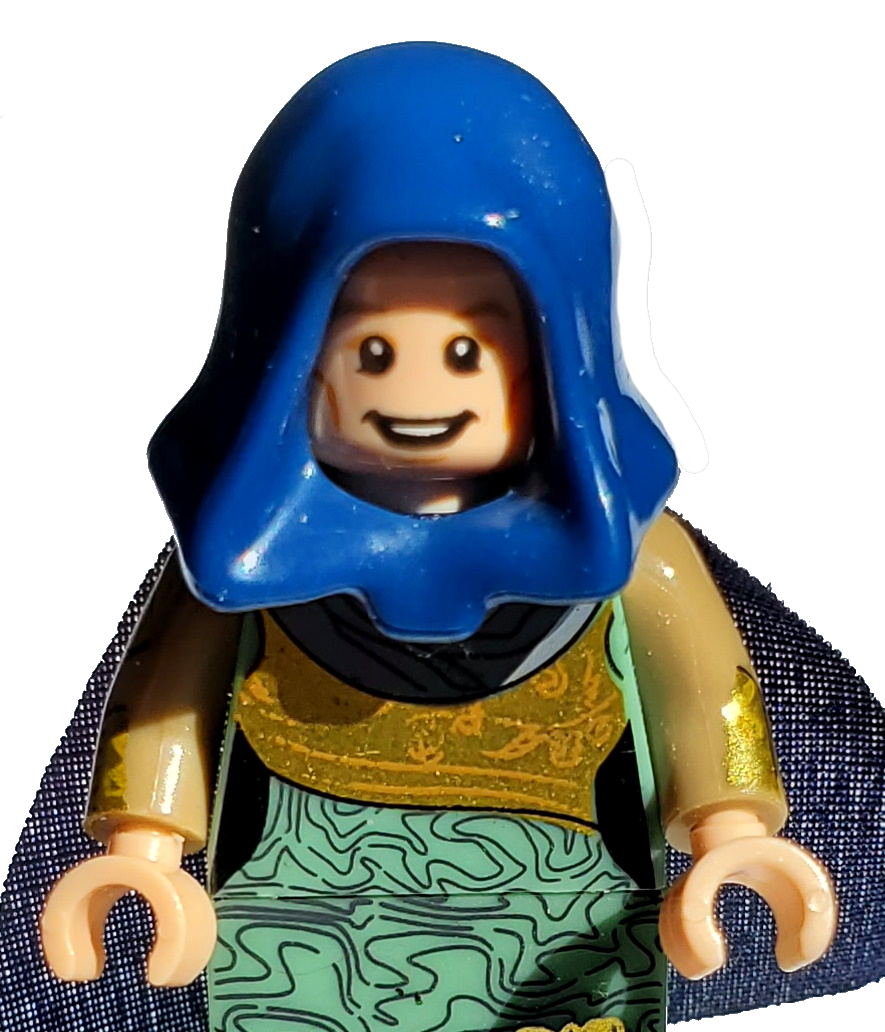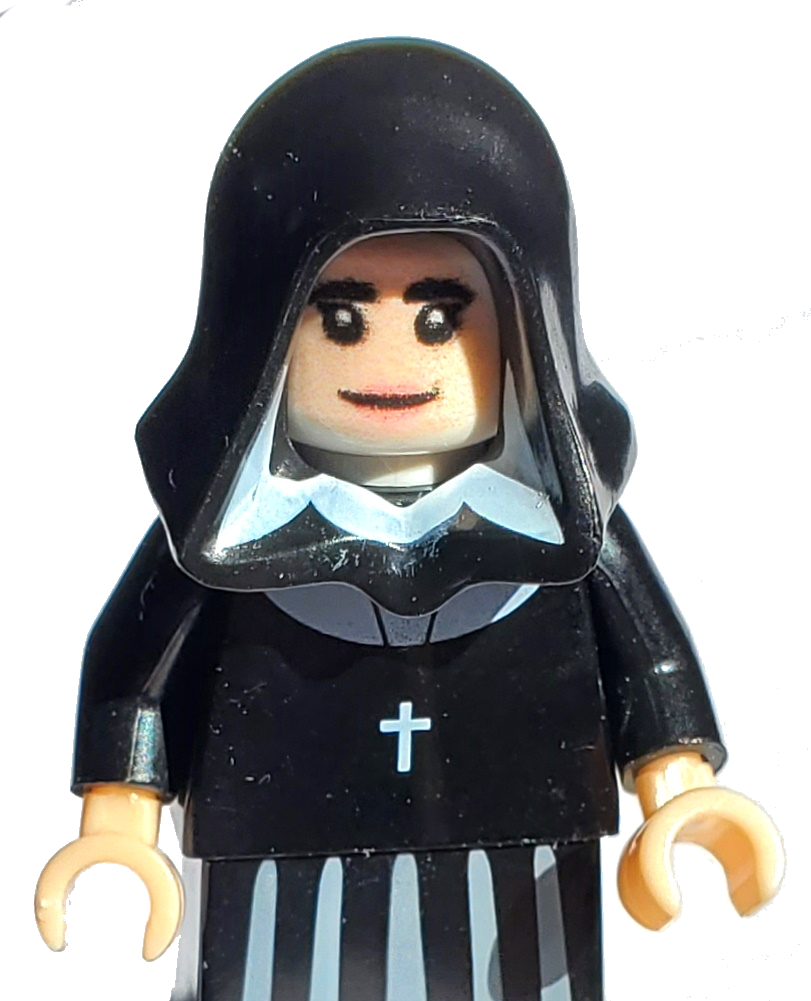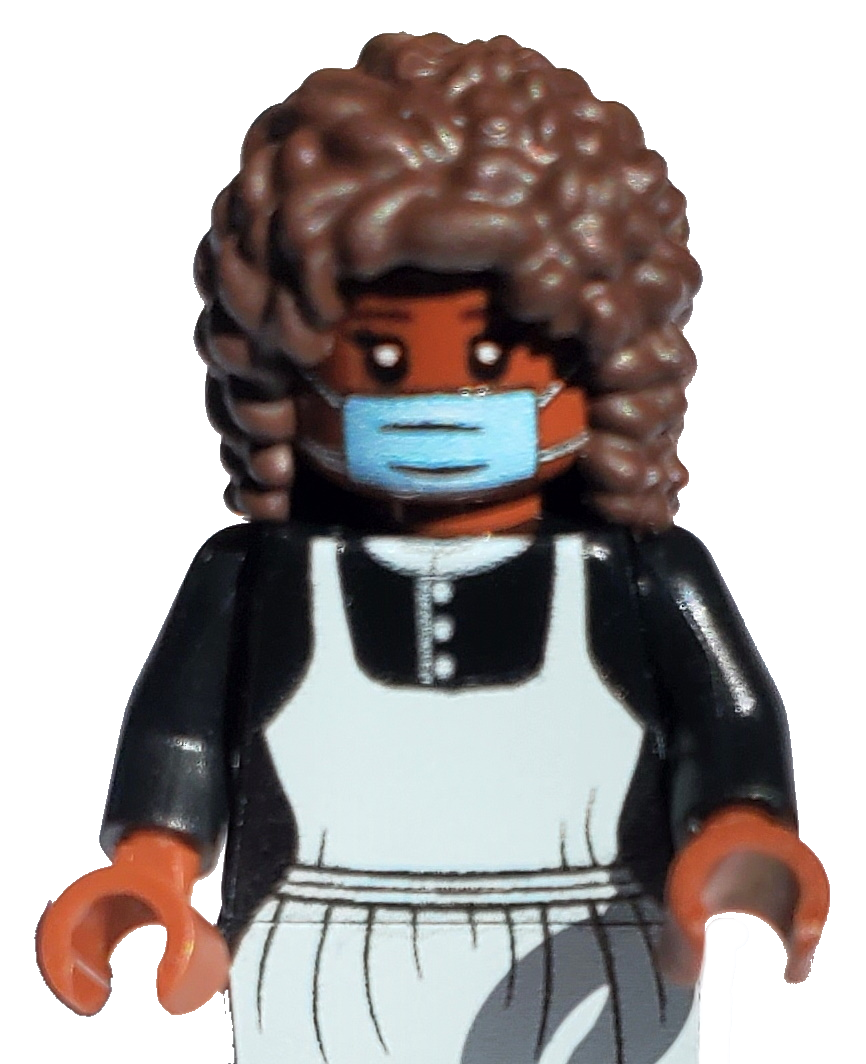
About SBX
Space BriXplorers is a brand-new LEGO®-based program that challenges participants to build their own space adventure. The program focuses on the three missions of Going to Space, Surviving Space, and Returning from Space. Each mission challenges participants to explore essential scientific principles while having a blast building and testing their creations through build projects and experiments.
Space BriXplorers is also a Project-based Learning program. The kids (and even their families) that participate will be challenged and guided in tackling real-world problems through teamwork, science, and their own ingenuity. The scientific investigation, the creative thinking and making, even the explorative play are all carefully designed to maximize learning and fun while proving to the participants that they have what it takes to be the engineers and astronauts of the future.
This program is for all ages but focuses on kids. You are free to pick and choose whichever parts and pieces you prefer but each part features and each piece connects to the three big missions. This is not just a collection of sciencey LEGO® activities to keep kids busy. This is a tool to empower kids to be innovators and leaders!
Here are the 3 Main Missions divided into their Big Questions, Historical Guides, Experiements and Projects.

Going to Space

Surviving Space

Returning from Space
Particpants will hear from a Historical Guide with special expertise in their missions.

The Wright Siblings

Emelia Earhart

Tuskegee Airmen

?

?

?
The guide will also help participants consider how science leads us to investigate Big Questions

What is gravity and why is it so tough to overcome?

What does it take for a rocket to be tough enough to survive a blast off?

What does a person in space need to be protected from?

How will you get around on another planet?

Why do some people recover from an illness or disability when others don’t?

How can you help those who care for people experiencing an illness/disability?
Participants are inspired to answer the big questions with real-world Experiments and Build Projects.
Space BriXplorers: Going to Space
Session One - Gravity and Planets
What is gravity and why is it so hard to overcome?
-
If Saturn is 9 times the size of earth, why does it only have a slightly larger gravitational pull?
-
How could Jupiter be 1,200 times the size of earth but only have 2.5 times the gravity of earth?
The Wright Siblings
Build a Planet
Supplies Needed:
-
LEGOs
-
Black plastic table cover
-
Marble
-
Ask the participants if they can define gravity.
-
Demonstrate gravity by dropping two differently-sized bricks. If dropped exactly at the same time they should hit the ground at the same time, regardless of any difference in size.
Wilbur and Orville built the first airplane while Katharine made sure the whole world could benefit from the amazing advancement of human flight that her brothers invented.
The Wrights studied the principle of "Center of Gravity" extensively. They understood that gravity would pull every part of their plane towards the ground. Through careful experimentation, they learned how to balance the wings, tails, body, and motor so that the plane could remain balanced during flight. They created a "center of gravity" for their plane.
-
Challenge the participants to build their own planet made from LEGO or other building bricks. 10 minutes is probably a good amount of time. They can make it as large or as small as they want in that amount of time.
-
Let the participants have fun naming their planets and the planets' inhabitants.
-
Have a marble in hand. Spread a black plastic table cover on the floor. This simulates outerspace. Have each participant grab part of the edge and pull it tight, with everyone evenly spread out.
-
One at a time, have the participants place their planet in the center of "outerspace." Try rolling the marble past the planet and observe how it's pulled in towards the planet. This simulates the pull of gravity.
-
Bonus: Have the participants combine their planets into one super planet that you can test with the marble. Did you know that planets formed over billions of years through the pull of gravity, one big rock at a time?
Space BriXplorers: Going to Space
Session Two - Materials and Integrity
What does it take for a rocket to be tough enough to survive a blast off?
-
Why does a rocket carrying a shuttle need a huge blast off while a shuttle returning to earth doesn't?
-
Why does a shuttle glow red as it re-enters the atmosphere and not when it exits the atmosphere when riding on a rocket?

Emelia Earhart
Stress-testing LEGOs
Supplies Needed:
-
LEGOs
-
5 Gallon Bucket
-
Scale
-
Pitcher of Water
-
Clamp
-
Pipe Cleaner
-
3D printed 2x8 brick plate (3795)
-
Frozen 2x8 brick plate
-
Ask the participants if they can tell you how hot the blast off of a rocket can get. up to 6,000 degrees Fahrenheit
-
Ask them to guess and then look up the temperature at which different materials combust or melt:
-
Paper 450°F
-
Wood 550°F
-
Plastic 600°F
-
Iron 2,800°F
-
Titanium 3,034°F
-
Silica Ceramic 3115.4°F
A rocket right at blast off is only going about 1 mile per hour while a shuttle returning to earth starts descent at about 17,000 mph.
Amelia Earhart carefully chose the Lockheed Electra 10E aircraft as her plane for exploration and adventure. Her previous plane had been made from wood but the Electra used 20-24 aluminum. This metal alloy had only been invented a few years earlier but had amazing strength, especially considering its weight. Amelia new what she was doing. The 20-24 aluminum meant that her plane could fly faster and further and survive worse conditions than her previous planes.
Nearly 100 years later, we're still using the same 20-24 aluminum that Amelia Earhart used for her plane for our modern planes, rockets, and even space shuttles. Scientists and engineers are continuing to study Materials Science in order to discover even stronger materials to help us travel to space.
-
Have each participant build the "Brick Breaker" using your own pieces. We are purposefully not providing instructions for this build in order to challenge you to build it from the picture. The pieces can be any color.
-
In the picture, the trans-clear piece is the one that will be broken. That's right, you'll be intentionally breaking a LEGO piece in order to find out how strong it is. Loop a pipe cleaner between the 2x2 brick and the piece that will be broken.
-
Use a clamp to secure the "Brick Breaker" to the edge of a table.
-
Hang an empty five-gallon bucket off of the pipe cleaner.
-
Slowly add water to the bucket. Watch as the piece begins to bend. Keep adding water until it breaks!
-
Weigh the water that you added in order to see how much the piece could hold.
-
Repeat these steps for each participant.
-
Now bring in the 3D printed pieces, "off-brand" pieces, and frozen pieces to test as well.
-
Bonus: Challenge the participants to think of other ways to safely test the strength of the pieces.
About the Author
Dan Jacob (Ministry Associate at Wittenberg University and Youth Leader at Peace Lutheran in Beavercreek) and Gary Pecuch (SOS Youth and Family Ministry Coach) have organized these efforts. If you're curious about how all these original materials were made then check out Inkscape (graphic design), DaVinci Resolve (videos), Animatron (animations), EZgif (gifs), Artfire (lego minifigures), Audacity (audio clips), and Wix (website).
The bannerblue.org site also showcases much of the other work of Dan and the artists he works with. If you'd like to support projects like Hero Hospital, please consider heading over to the Make Mobile page to check out another major project that could use your help.












